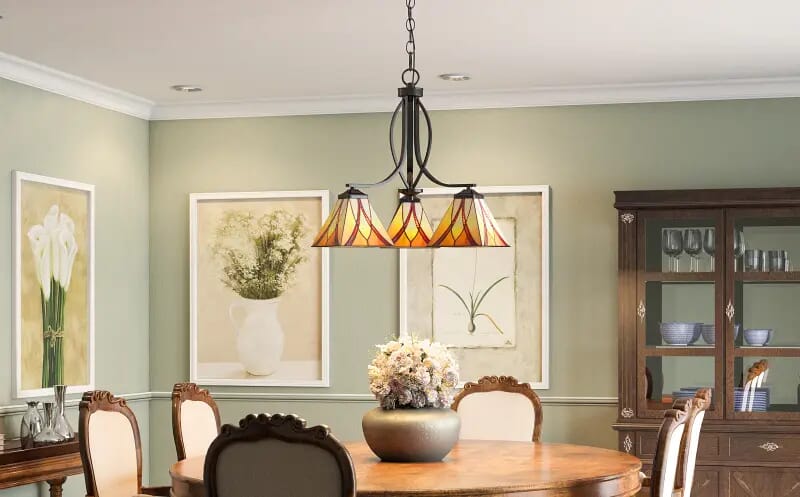Mismatched Kitchen and Dining Room Floors
Having a mismatched kitchen and dining room floor can be a design dilemma for many homeowners. The two rooms are often connected and flow into each other, making it challenging to create a cohesive and harmonious look. However, with the right approach, you can turn this design challenge into an opportunity to add character and personality to your home.
How to Blend Kitchen and Dining Room Floors
Blending different flooring types in your kitchen and dining room is a popular trend in interior design. It allows you to create a unique and personalized space that reflects your style and taste. The key to successfully blending kitchen and dining room floors is to choose materials that complement each other and create a smooth transition between the two rooms.
Coordinating Kitchen and Dining Room Flooring
When it comes to coordinating kitchen and dining room flooring, there are a few things to consider. First, think about the overall style and color scheme of your home. You want the floors in both rooms to complement each other and create a cohesive look. If your kitchen has a modern and sleek design, consider using a similar style and color for your dining room floor.
Choosing Flooring for an Open Kitchen and Dining Room
If you have an open kitchen and dining room, choosing the right flooring is crucial. The key is to select materials that are durable and easy to maintain, as these areas of your home tend to experience high foot traffic. Hardwood, tile, and vinyl are popular choices for open kitchen and dining room floors, as they are both stylish and practical.
Matching Kitchen and Dining Room Floors
If you prefer a more uniform and traditional look, matching your kitchen and dining room floors is the way to go. This approach creates a seamless transition between the two rooms and gives the illusion of a larger space. To achieve a matching look, choose the same flooring material and color for both rooms.
Creating a Cohesive Look with Kitchen and Dining Room Floors
When it comes to creating a cohesive look with kitchen and dining room floors, it's essential to pay attention to the details. Small elements like baseboards, grout color, and patterns can make a big difference in tying the two rooms together. Make sure to choose similar or complementary finishes and colors for these details to create a cohesive and polished look.
Combining Different Flooring Types in Kitchen and Dining Room
If you're feeling adventurous, you can combine different flooring types in your kitchen and dining room. This approach adds visual interest and can make a statement in your home. For example, you can use hardwood in your kitchen and tile in the dining room, separated by a threshold. Just make sure the two flooring types complement each other and create a smooth transition.
Tips for Transitioning Between Kitchen and Dining Room Floors
When blending or matching kitchen and dining room floors, the transition between the two rooms is crucial. A choppy or uneven transition can ruin the flow and design of the space. To ensure a smooth and seamless transition, make sure to use transition pieces or thresholds and consider the height of the two floors. You may need to use a transition strip to create a level surface between the two rooms.
Mixing and Matching Kitchen and Dining Room Flooring
Mixing and matching flooring in your kitchen and dining room requires a bit of creativity and a good eye for design. You can mix and match different materials, colors, and patterns to create a unique and personalized look. For example, you can combine hardwood and tile, or use two different types of tile to create a pattern. The possibilities are endless, so don't be afraid to get creative!
Solving the Problem of Non-Matching Kitchen and Dining Room Floors
If you've recently moved into a home with non-matching kitchen and dining room floors, don't worry. There are ways to solve this problem without breaking the bank. You can use rugs or runners to create a visual separation between the two rooms, or paint the floors with a pattern or design. Another option is to cover the floors with a temporary adhesive tile or vinyl to create a cohesive look temporarily.
The Importance of Coordinating Your Kitchen and Dining Room Floors
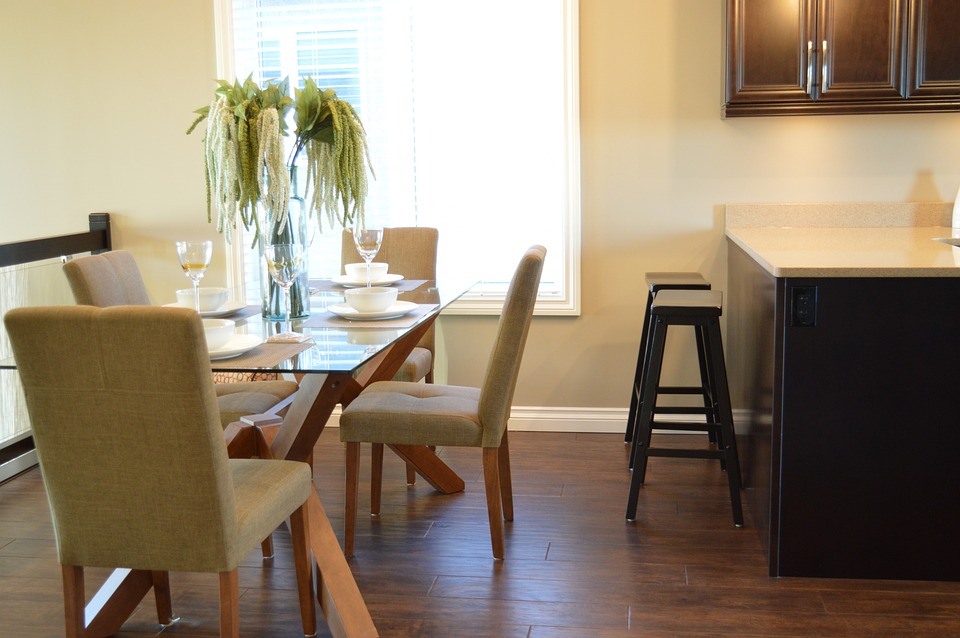
Maximizing Space and Flow
 When designing a house, it’s important to consider the flow and functionality of each room. This is especially true for the kitchen and dining room, which are often the heart of the home. A common design mistake is having different flooring in these two rooms, which can disrupt the flow and make the space feel disjointed. By
coordinating
the floors in these areas, you can create a seamless transition and
maximize
the space.
When designing a house, it’s important to consider the flow and functionality of each room. This is especially true for the kitchen and dining room, which are often the heart of the home. A common design mistake is having different flooring in these two rooms, which can disrupt the flow and make the space feel disjointed. By
coordinating
the floors in these areas, you can create a seamless transition and
maximize
the space.
Creating a Cohesive Design
 A well-designed home is one that feels cohesive and
harmonious
throughout. When the floors in the kitchen and dining room do not match, it can create a sense of visual chaos. This is especially true if you have an open floor plan, where the two rooms are not separated by walls. By
matching
the floors, you can create a
unified
look that ties the two spaces together.
A well-designed home is one that feels cohesive and
harmonious
throughout. When the floors in the kitchen and dining room do not match, it can create a sense of visual chaos. This is especially true if you have an open floor plan, where the two rooms are not separated by walls. By
matching
the floors, you can create a
unified
look that ties the two spaces together.
Increase the Value of Your Home
 When it comes to home design,
cohesiveness
and
unity
are key factors in increasing the value of your home. When potential buyers walk into a house, they want to see a well-designed,
coordinated
space that they can envision themselves living in. By having mismatched floors in the kitchen and dining room, you could potentially turn off potential buyers and decrease the value of your home. By making the effort to
coordinate
the floors, you are not only enhancing the look and feel of your home, but also its value.
When it comes to home design,
cohesiveness
and
unity
are key factors in increasing the value of your home. When potential buyers walk into a house, they want to see a well-designed,
coordinated
space that they can envision themselves living in. By having mismatched floors in the kitchen and dining room, you could potentially turn off potential buyers and decrease the value of your home. By making the effort to
coordinate
the floors, you are not only enhancing the look and feel of your home, but also its value.
Choosing the Right Flooring
 When it comes to choosing the right flooring for your kitchen and dining room, there are a few factors to consider. First, you want to choose a material that is
durable
and
easy to clean
, as these are high traffic areas that are prone to spills and messes. Next, consider the style and color of your flooring. You want to choose a
cohesive
color scheme that complements the rest of your home. Lastly, think about the functionality of the flooring. For example, if you have young children or pets, you may want to opt for a
slip-resistant
material.
When it comes to choosing the right flooring for your kitchen and dining room, there are a few factors to consider. First, you want to choose a material that is
durable
and
easy to clean
, as these are high traffic areas that are prone to spills and messes. Next, consider the style and color of your flooring. You want to choose a
cohesive
color scheme that complements the rest of your home. Lastly, think about the functionality of the flooring. For example, if you have young children or pets, you may want to opt for a
slip-resistant
material.
In Conclusion
 Coordinating the floors in your kitchen and dining room may seem like a small detail, but it can have a big impact on the overall design and value of your home. By creating a seamless flow and cohesive design, you can enhance the look and functionality of these important spaces. So when designing your dream home, don’t forget to pay attention to the floors. They may just be the missing piece that ties everything together.
Coordinating the floors in your kitchen and dining room may seem like a small detail, but it can have a big impact on the overall design and value of your home. By creating a seamless flow and cohesive design, you can enhance the look and functionality of these important spaces. So when designing your dream home, don’t forget to pay attention to the floors. They may just be the missing piece that ties everything together.






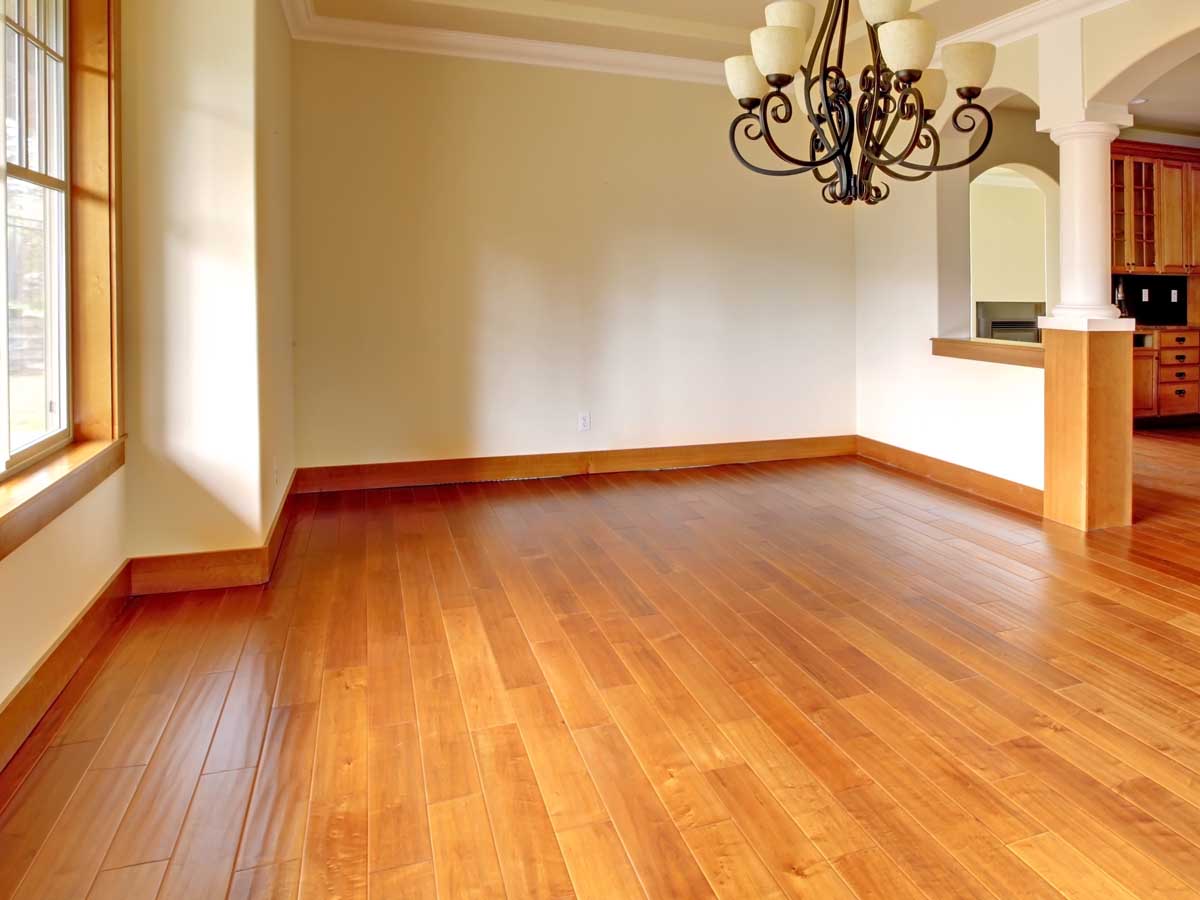




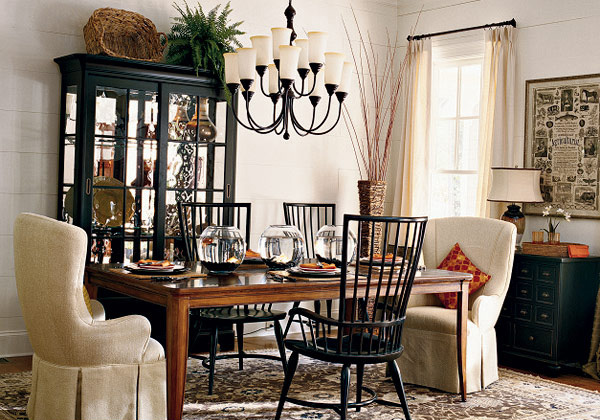






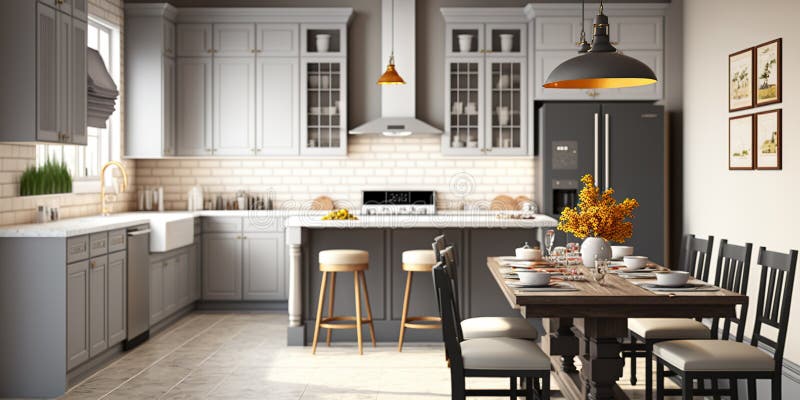
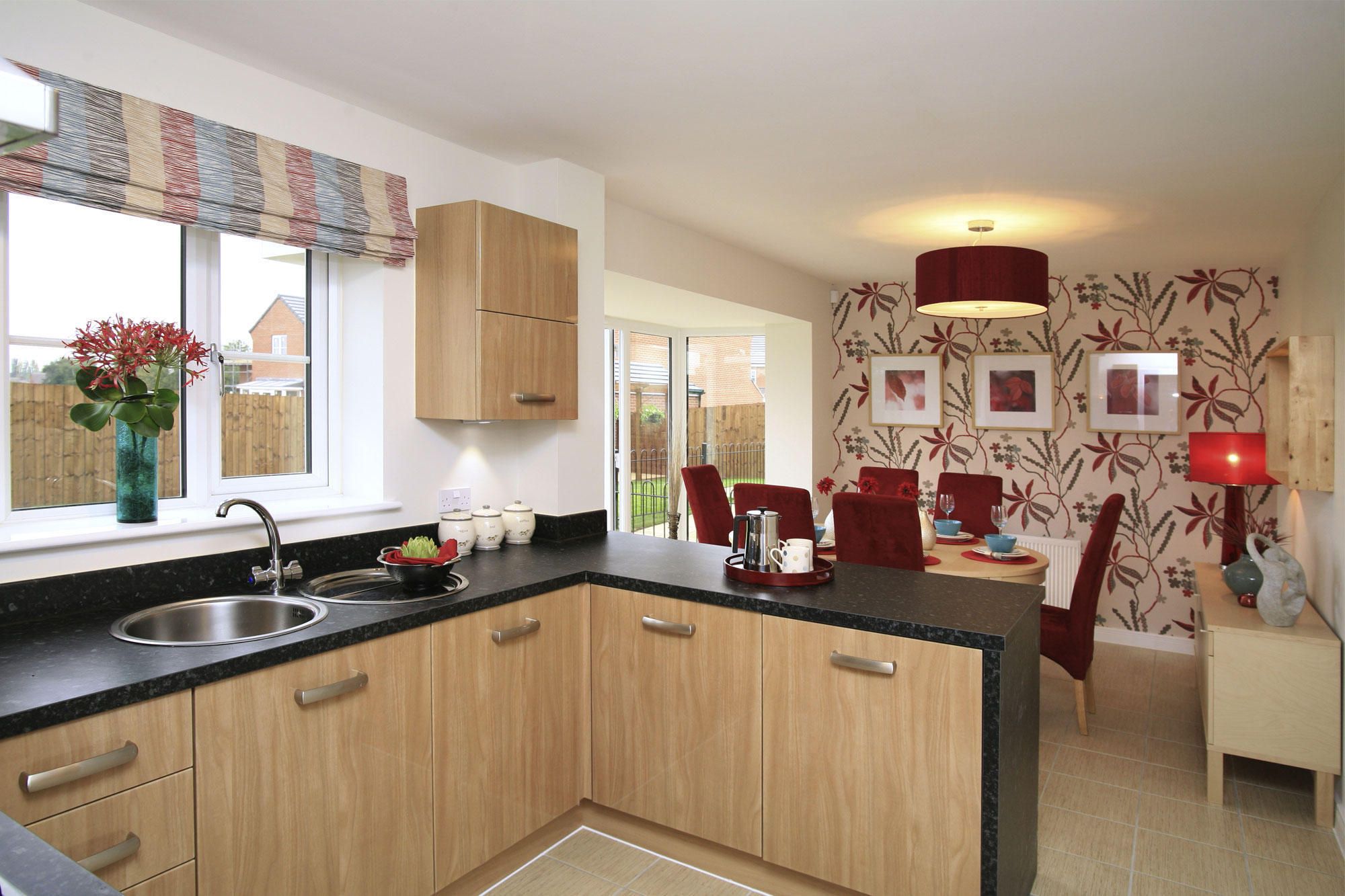




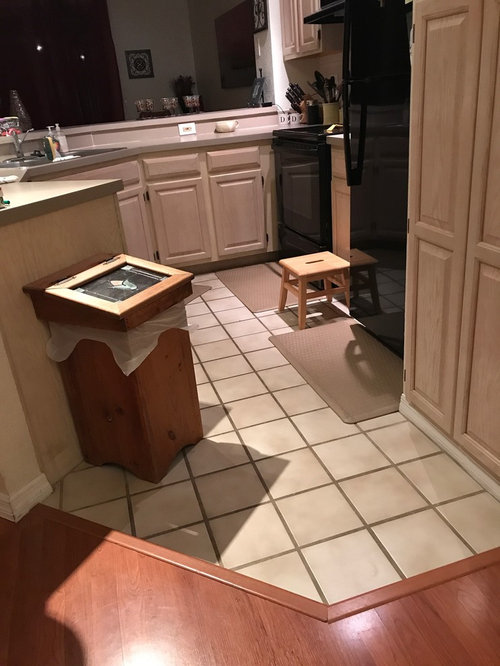

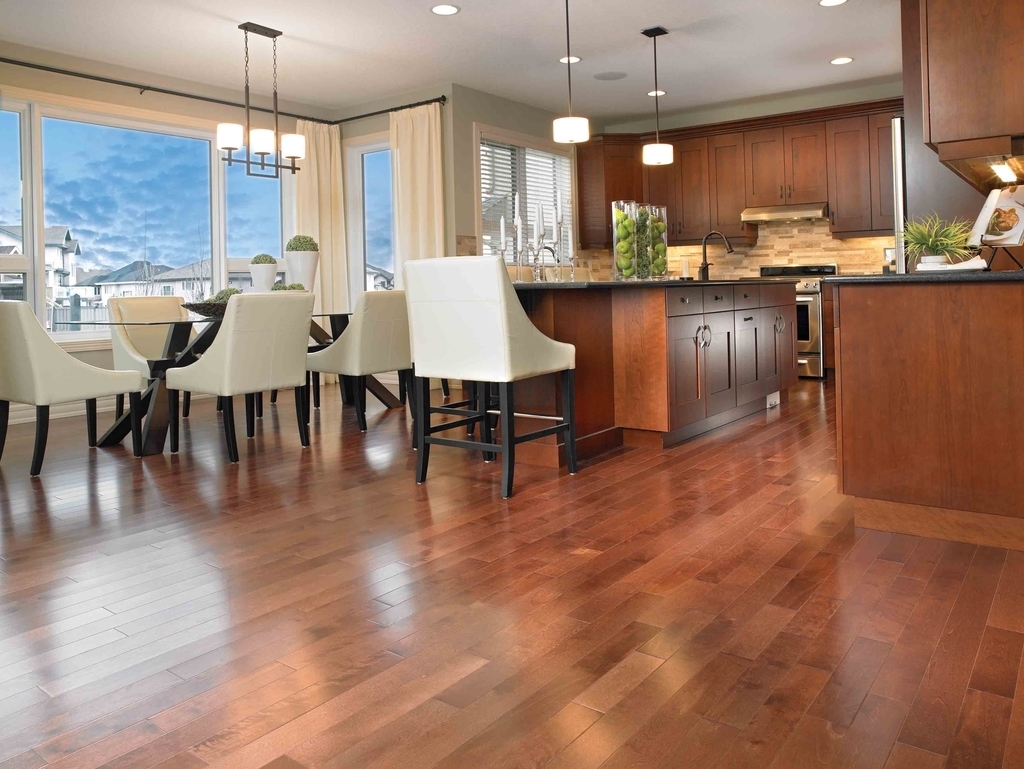





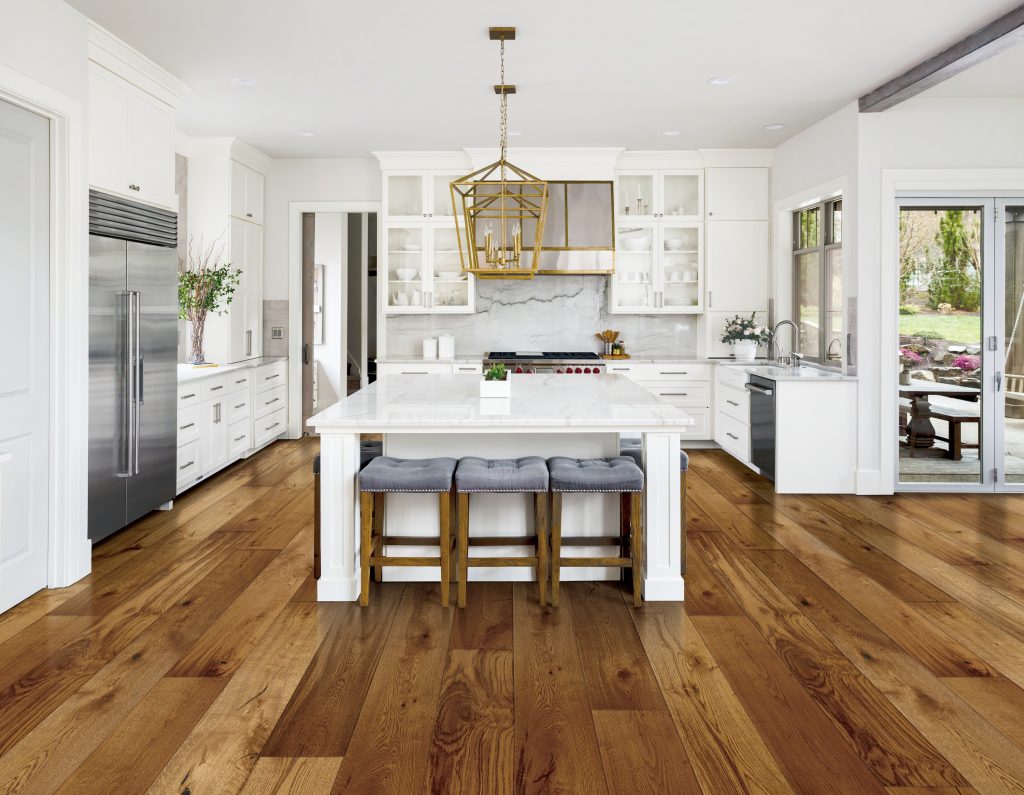





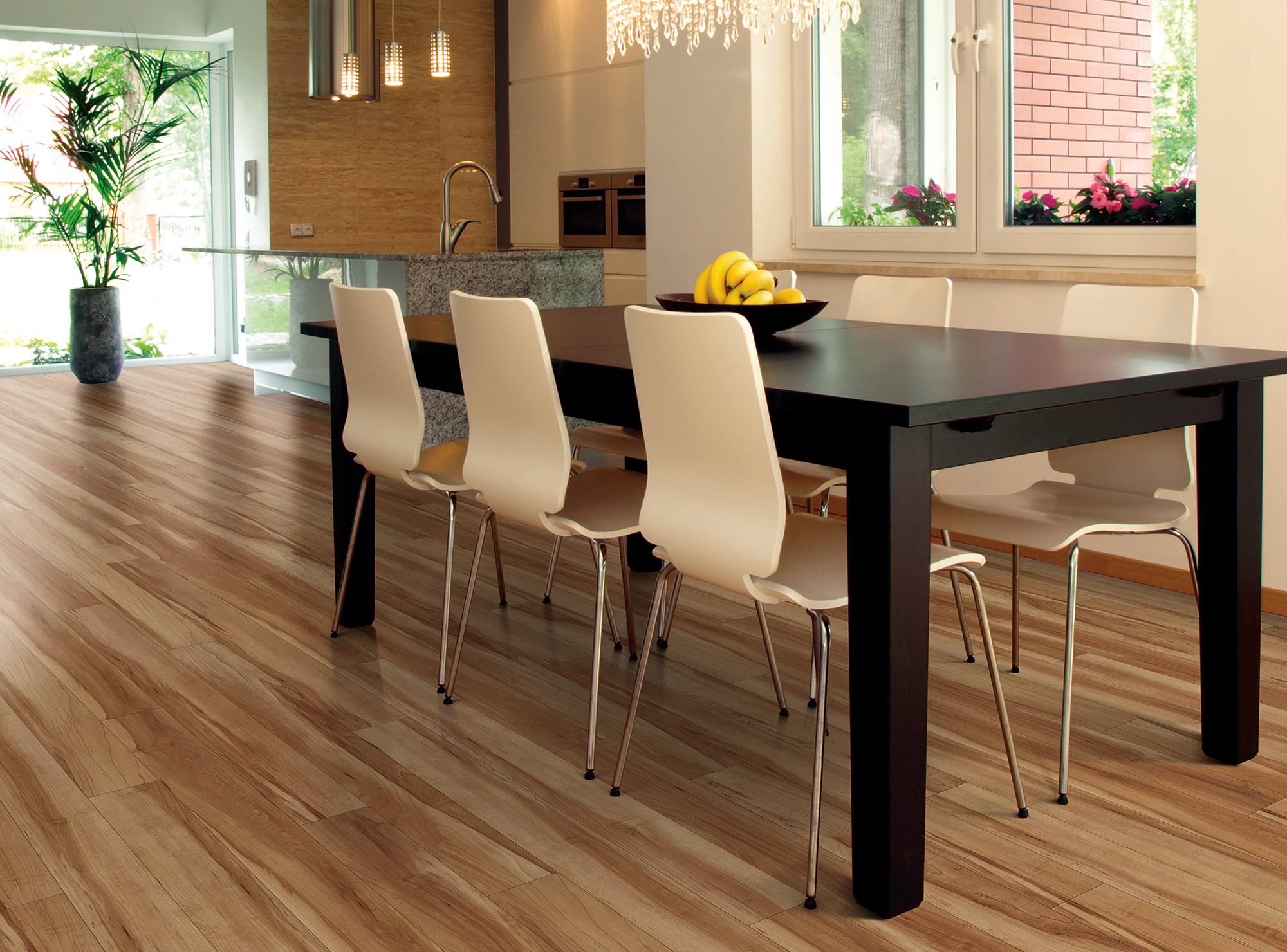



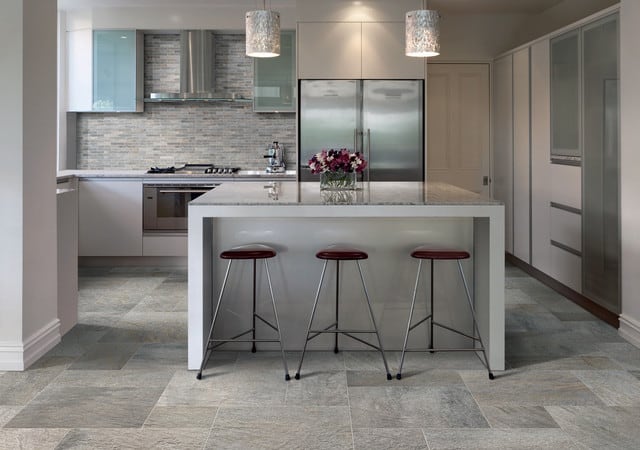







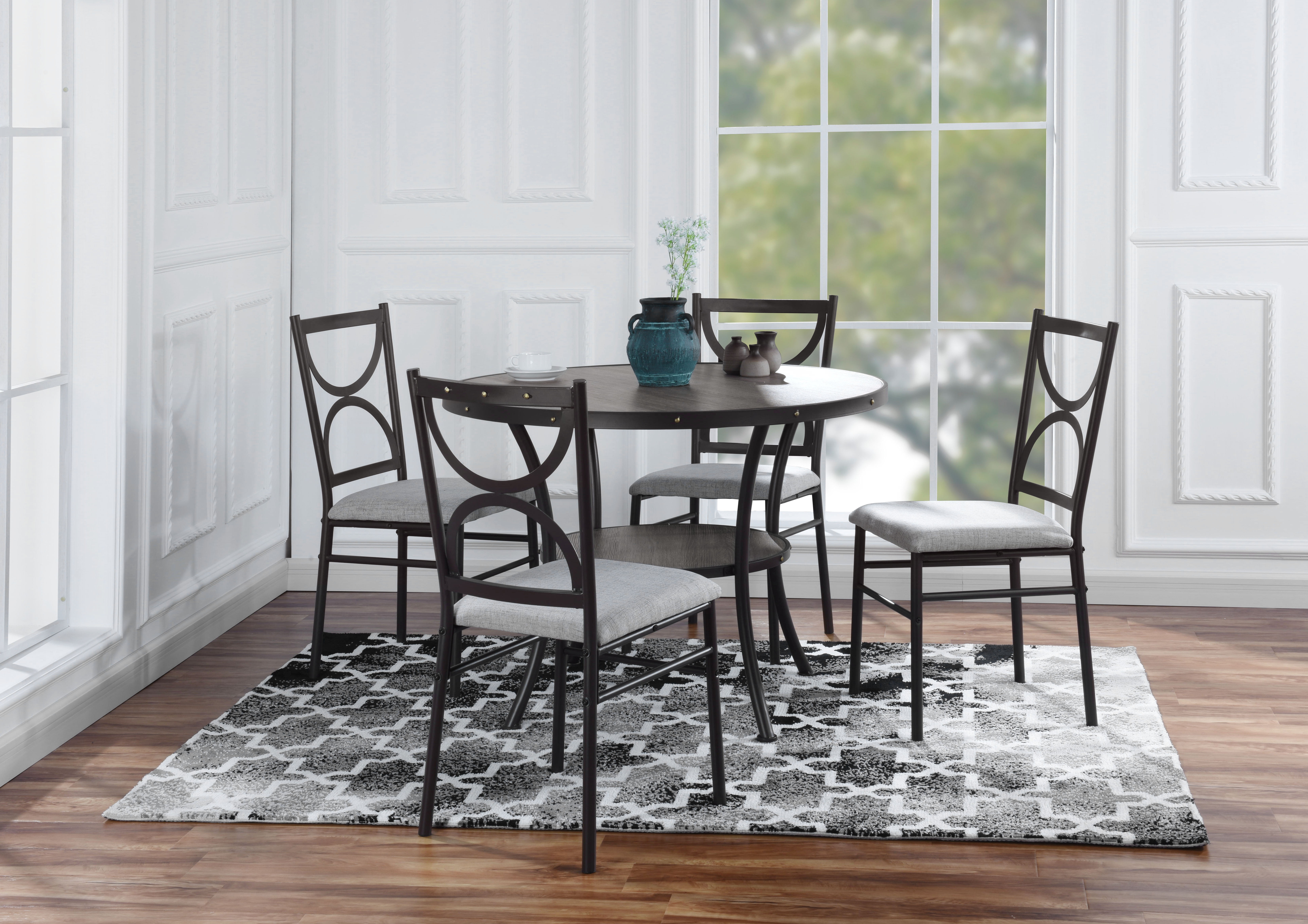
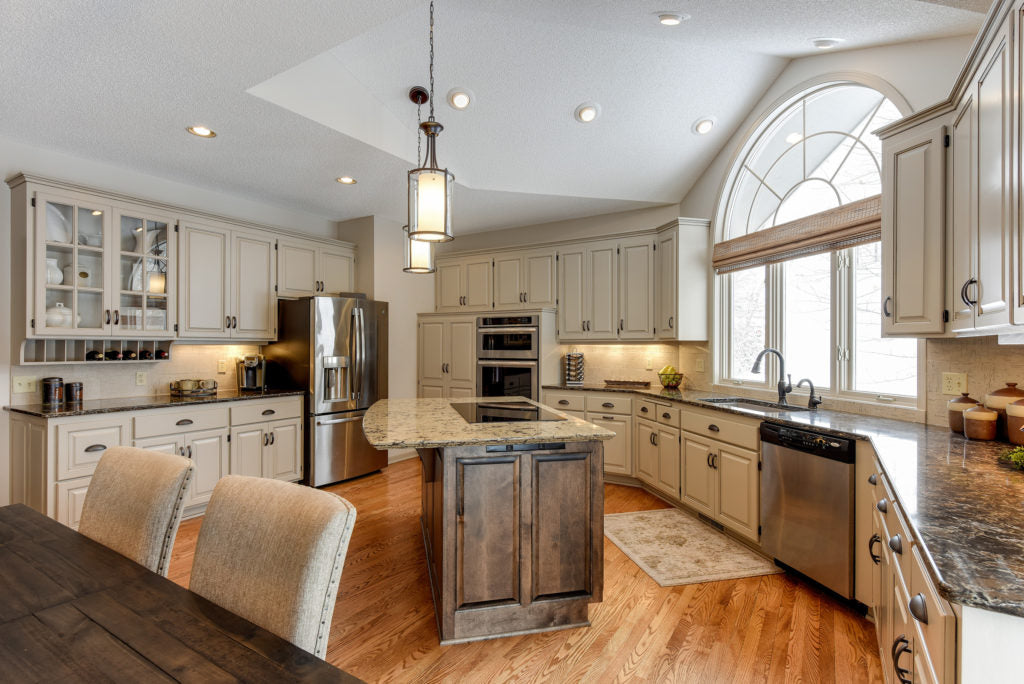








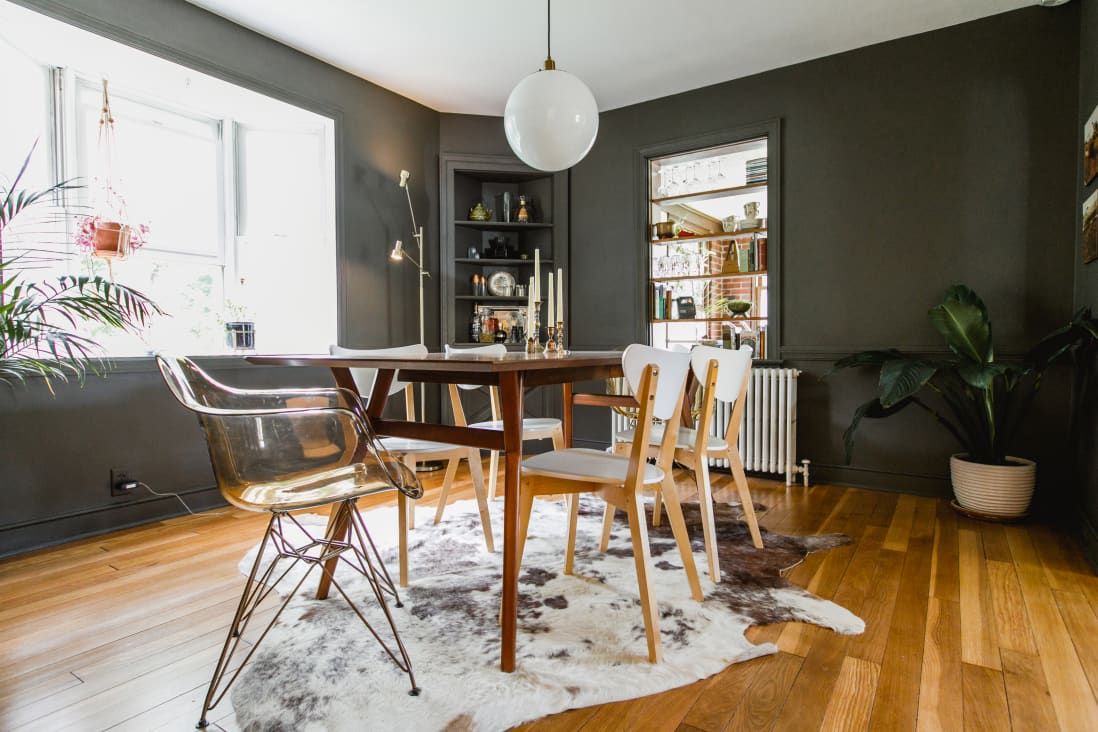






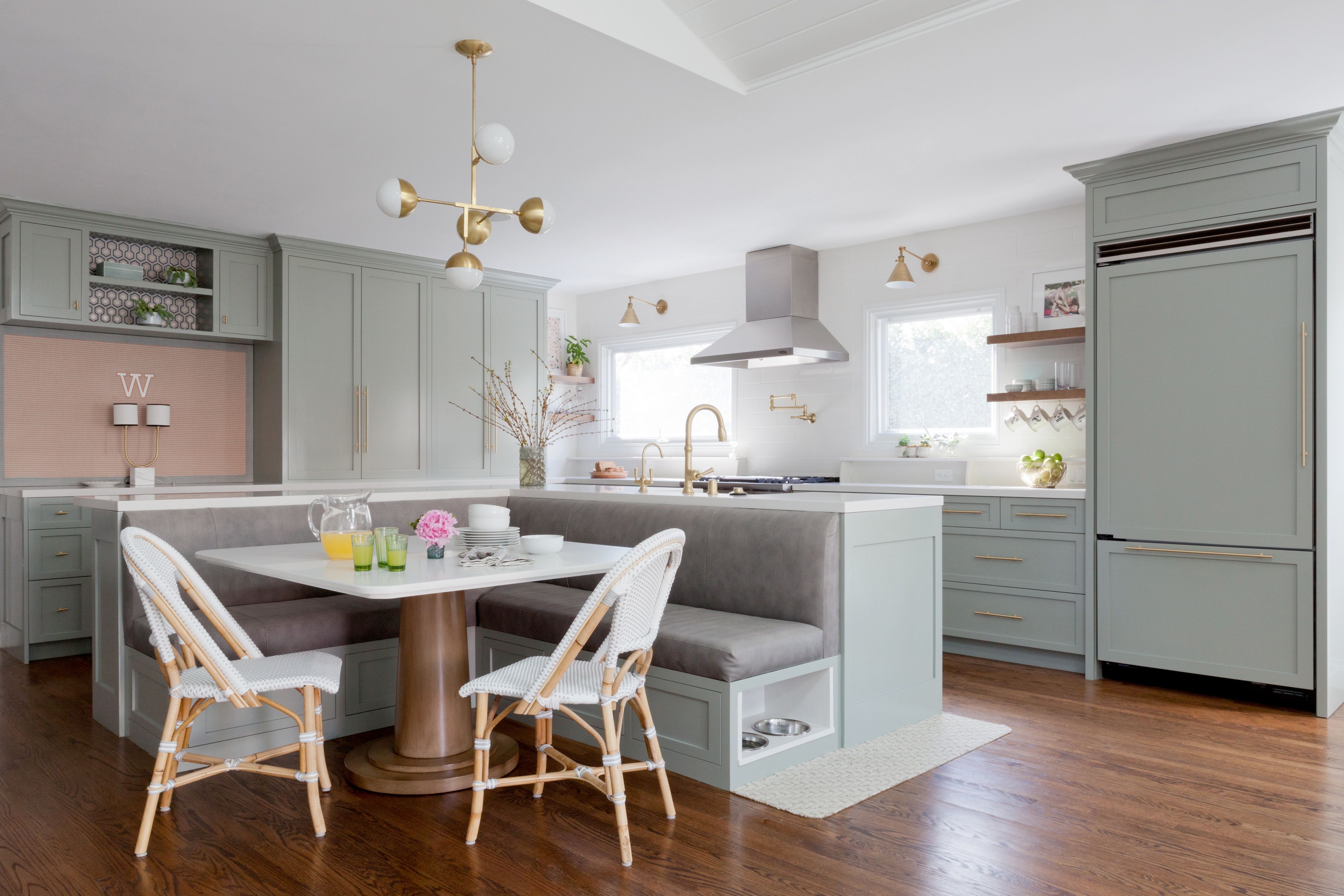





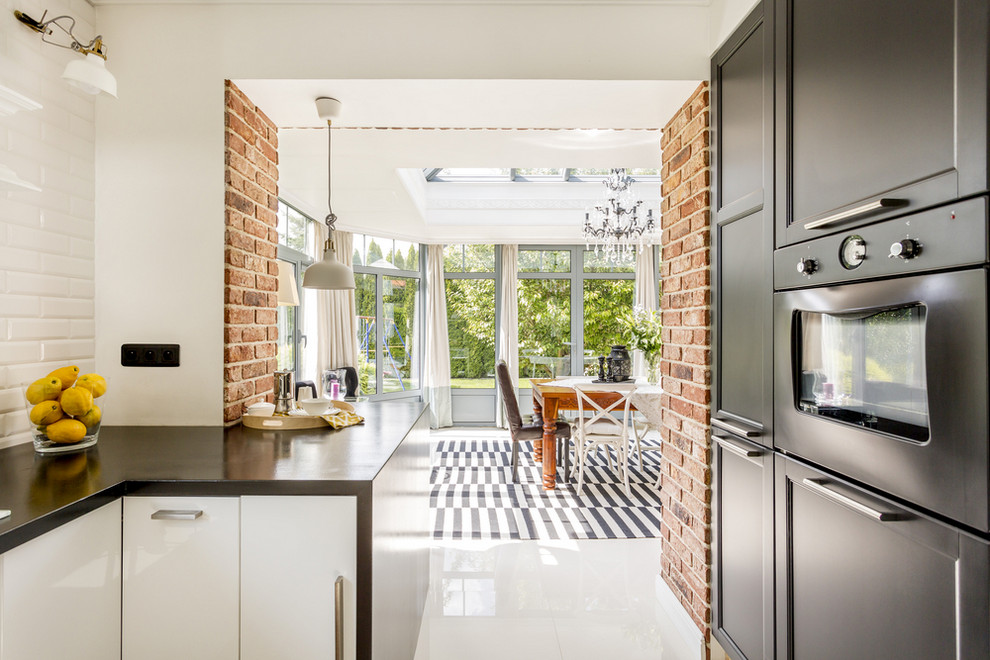
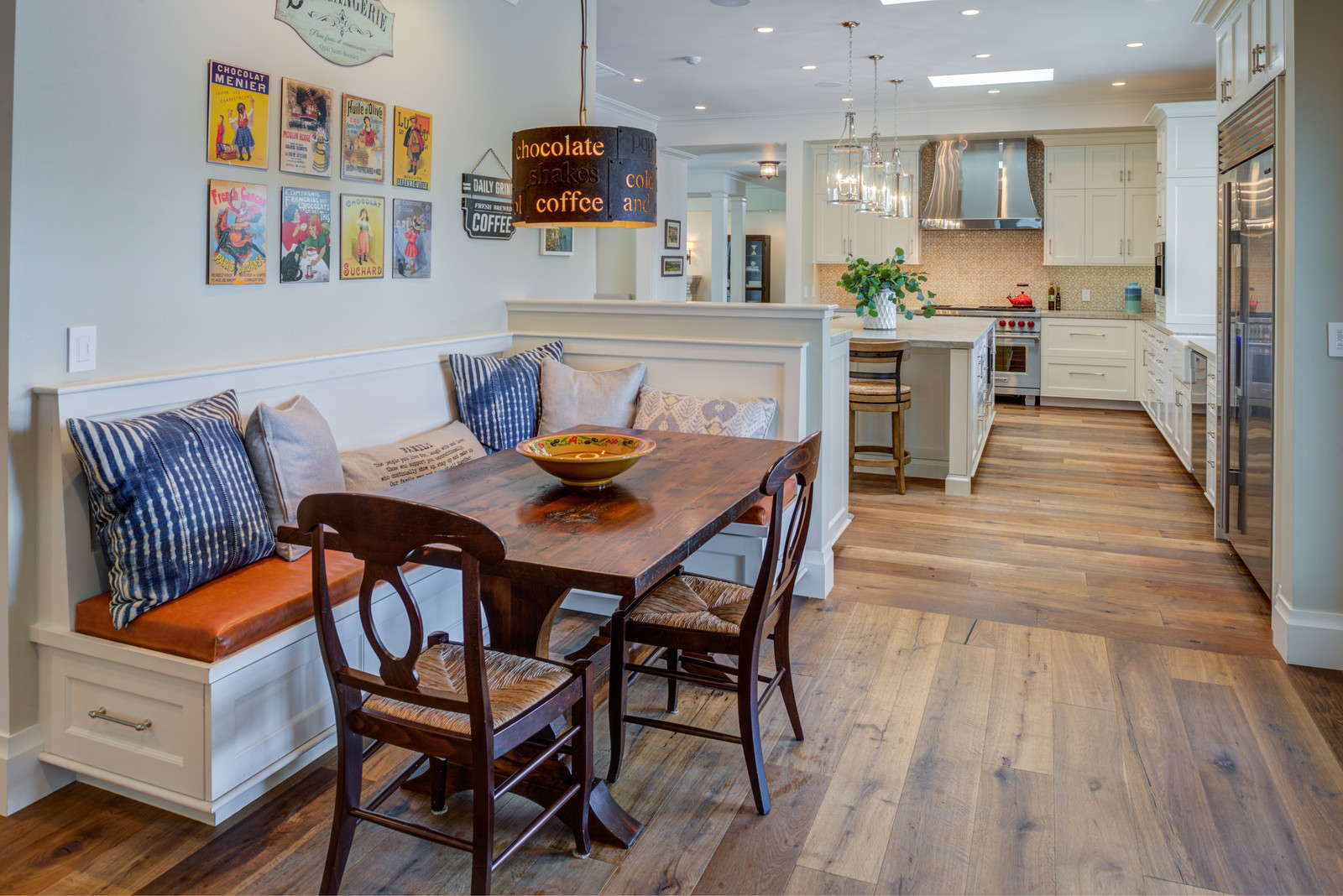


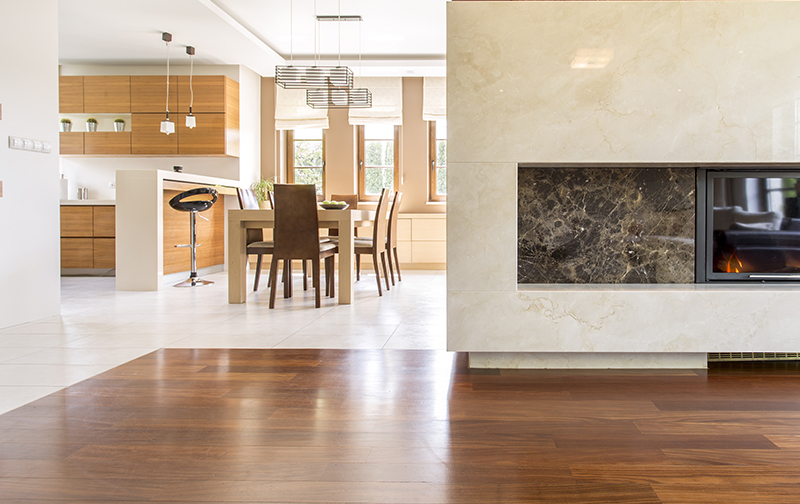







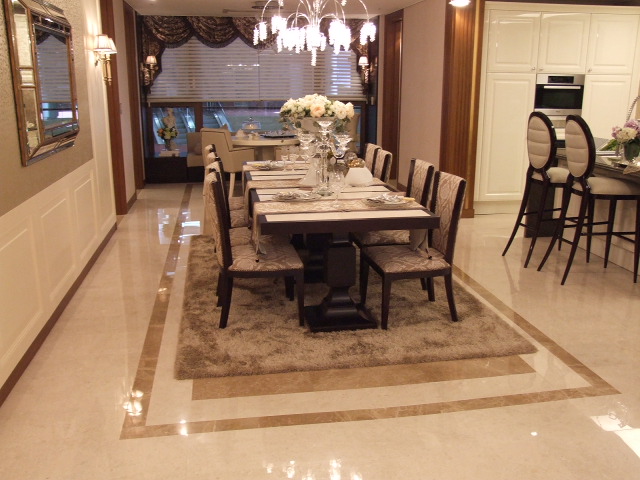





/cloudfront-us-east-1.images.arcpublishing.com/dmn/ZDO7VMDFXRHK3CJEI5LVSVV6J4.JPG)



